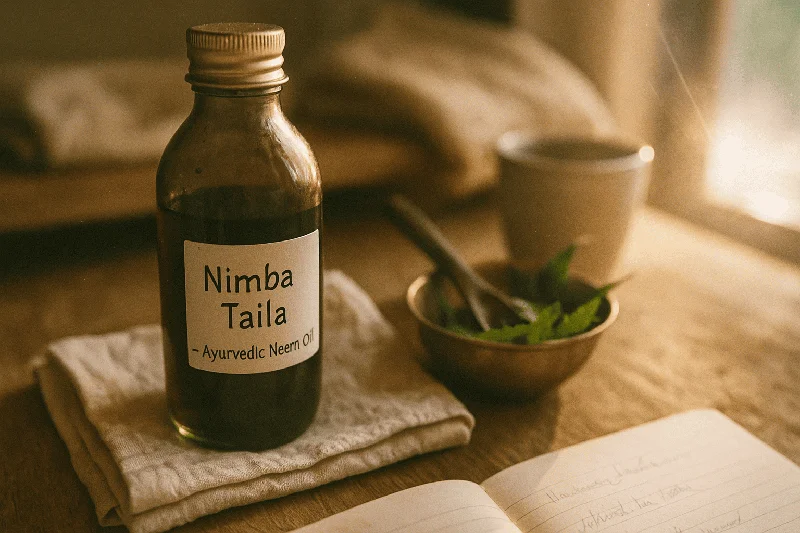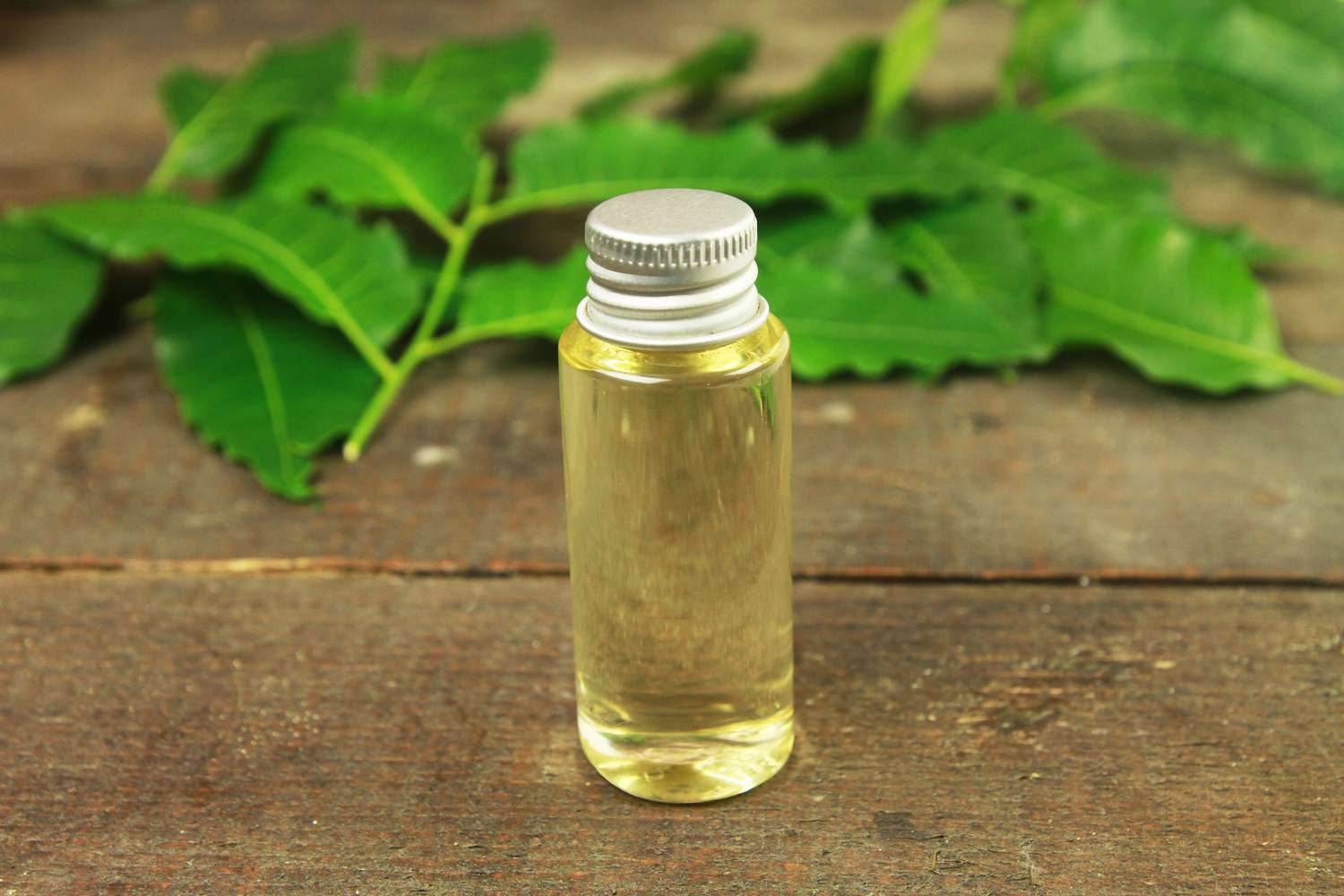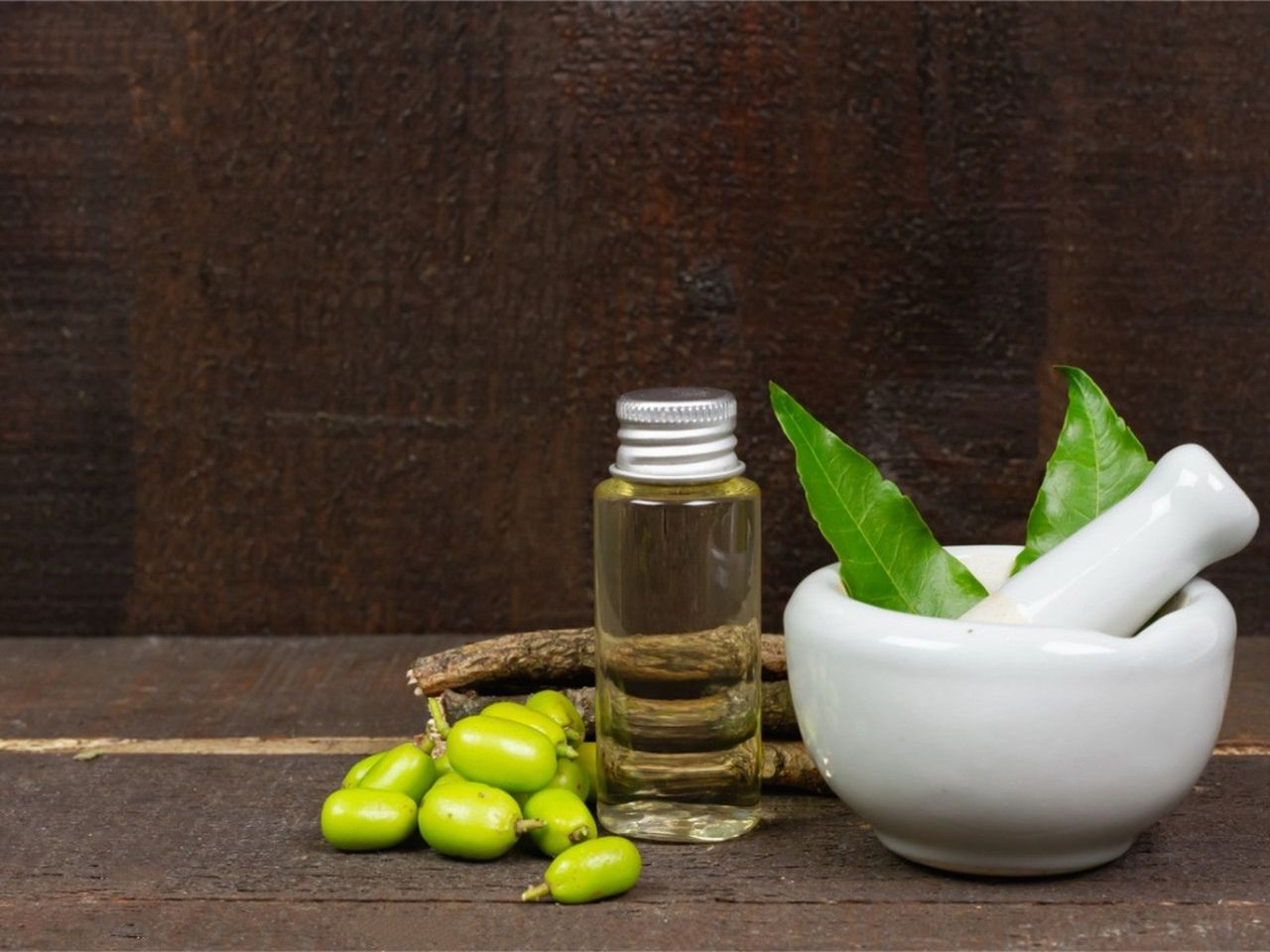Shop Now in Our Store
Nimba Taila – Ayurvedic Neem Oil for Skin and Health

Introduction to Nimba Taila
Nimba Taila, derived from the neem tree (Azadirachta indica), is a cornerstone of Ayurvedic medicine. Celebrated for its potent antimicrobial, anti-inflammatory, and healing properties, Nimba Taila is used to treat a range of skin conditions and promote overall health. This natural oil is a versatile remedy, offering relief from acne, eczema, and other skin ailments, while also being applied to support wound healing and maintain healthy hair and scalp. By incorporating Nimba Taila into your wellness routine, you can harness the age-old wisdom of Ayurveda to enhance your skin’s vitality and protect against infections.
Historical Roots & Ayurvedic Significance
In Ayurveda, the neem tree is revered as a sacred healer with immense therapeutic benefits. Ancient texts praise Nimba Taila for its ability to purify the blood, balance the doshas, and combat toxins (Ama). Traditionally, it has been used not only for external skin applications but also as an internal detoxifier. Its cooling nature makes it especially effective in pacifying aggravated Pitta dosha and mitigating inflammatory skin conditions. The longstanding use of Nimba Taila in Ayurvedic practices underscores its enduring significance as a natural remedy for maintaining skin health and overall bodily balance.
Key Ayurvedic Components of Nimba Taila
1. Extraction and Preparation
Nimba Taila is prepared by cold-pressing or steam distilling neem leaves, bark, and seeds to retain its potent bioactive compounds. This process ensures that the oil is rich in natural antioxidants, limonoids, and fatty acids essential for skin repair and immune support.
2. Therapeutic Benefits
- Antimicrobial Properties: Nimba Taila is renowned for its ability to combat bacteria, fungi, and viruses, making it effective in treating acne, infections, and wounds.
- Anti-Inflammatory Effects: Its soothing nature helps reduce inflammation, redness, and irritation associated with various skin disorders.
- Detoxification: The oil purifies the skin and blood by eliminating toxins, thereby preventing conditions such as eczema and psoriasis.
- Wound Healing: Applied topically, Nimba Taila accelerates the healing of cuts, burns, and abrasions due to its regenerative properties.
- Hair and Scalp Care: Its nourishing qualities help combat dandruff and promote healthy hair growth.
3. Complementary Uses in Ayurveda
Nimba Taila is often integrated with other Ayurvedic therapies for enhanced results:
- Abhyanga (Oil Massage): When used in full-body massages, it helps detoxify the skin and improve circulation.
- Herbal Formulations: Combined with other healing herbs, Nimba Taila is included in formulations for skin rejuvenation and immune support.
- Topical Applications: It is directly applied to affected areas to soothe irritations and promote healing.
How Nimba Taila Works in Ayurveda: The Healing Mechanism
The efficacy of Nimba Taila is rooted in its rich composition of bioactive compounds that work synergistically to restore skin health. Its antimicrobial properties help in eliminating pathogens, while its anti-inflammatory agents reduce swelling and irritation. By detoxifying the skin and supporting cellular regeneration, Nimba Taila not only treats current skin issues but also prevents future outbreaks. Its cooling effect helps balance the Pitta dosha, making it a valuable remedy for inflammatory conditions and infections.
Choosing the Right Ayurvedic Treatment with Nimba Taila
Selecting Nimba Taila for your treatment plan should be done under the guidance of a certified Ayurvedic practitioner. Here are some key considerations:
- Consult with Experts: Personalized advice ensures that Nimba Taila is suitable for your skin type and specific conditions.
- Opt for Authentic Preparations: Choose high-quality, organic neem oil to maximize its therapeutic benefits.
- Follow Usage Guidelines: Adhere to the recommended application methods and dosage provided by your practitioner.
- Integrate with a Holistic Regimen: Combine Nimba Taila with dietary and lifestyle modifications to enhance overall wellness.
Recommended Ayurvedic Practices Using Nimba Taila
- Topical Application: Apply a few drops of Nimba Taila directly on acne-prone areas or wounds to harness its healing properties.
- Herbal Massage: Use Nimba Taila in Ayurvedic oil massages (Abhyanga) to promote detoxification and improve skin texture.
- Scalp Treatment: Massage into the scalp to reduce dandruff and stimulate healthy hair growth.
- Combine with Other Herbs: Mix with other herbal oils or formulations to enhance its benefits for skin and immune health.
- Regular Use: Consistent application as part of your skincare routine can lead to long-term improvements in skin clarity and health.
Potential Side Effects & Precautions
While Nimba Taila is generally safe, certain precautions should be observed:
- Skin Sensitivity: Some individuals may experience mild irritation or allergic reactions. It is advisable to perform a patch test before full application.
- Proper Dilution: Always dilute Nimba Taila with a carrier oil if using on sensitive skin to avoid irritation.
- Avoid Ingestion: Nimba Taila is intended for external use only unless prescribed by an Ayurvedic professional.
- Consultation for Pregnant Women: Pregnant or nursing women should consult with a healthcare provider before use.
- Hygiene: Ensure that the oil is stored properly to prevent contamination and degradation of its beneficial properties.
Frequently Asked Questions for Nimba Taila
How does Nimba Taila benefit the skin?
Nimba Taila benefits the skin by providing potent antimicrobial, anti-inflammatory, and detoxifying properties. It helps treat acne, soothe inflammatory conditions, and promote wound healing, leading to clearer, healthier skin.
What is the best way to apply Nimba Taila?
For optimal results, apply Nimba Taila topically on clean skin. It can be used directly on affected areas or diluted with a carrier oil for a gentle massage, especially on sensitive skin areas.
Can Nimba Taila be used for hair care?
Yes, Nimba Taila is effective for hair care. It helps combat dandruff, nourishes the scalp, and promotes healthy hair growth when massaged into the scalp regularly.
Is Nimba Taila suitable for all skin types?
Nimba Taila is generally suitable for most skin types, but individuals with extremely sensitive or dry skin should use it diluted and perform a patch test to ensure compatibility.
How often should Nimba Taila be used for skin conditions?
The frequency of use depends on the specific skin condition and individual response. Regular application as part of your daily skincare routine is recommended, but consult an Ayurvedic practitioner for personalized guidance.
Are there any side effects associated with Nimba Taila?
While Nimba Taila is typically safe, some may experience mild irritation or allergic reactions. Always perform a patch test before widespread use and follow proper dilution guidelines to minimize risks.
Where can I find authentic Nimba Taila?
Authentic Nimba Taila can be sourced from reputable Ayurvedic pharmacies, certified practitioners, or trusted online stores specializing in organic Ayurvedic products. Always verify the quality and purity of the oil before use.
Conclusion & Expert Insights
Nimba Taila stands as a powerful natural remedy in Ayurveda, celebrated for its ability to heal, protect, and rejuvenate the skin. Its rich composition of antimicrobial and anti-inflammatory compounds makes it an invaluable addition to any skincare or hair care regimen. By consulting with a qualified Ayurvedic practitioner and integrating Nimba Taila into a holistic health routine, you can achieve long-lasting improvements in skin vitality and overall well-being.
References & Further Reading
- Lad, V. (2002). Ayurveda: The Science of Self-Healing.
- Sharma, P.V. (1995). Ayurvedic Healing: A Comprehensive Guide.
- National Institute of Ayurveda:
- Journal of Ayurveda and Integrative Medicine for studies on herbal remedies and skin health.
This article is checked by the current qualified Dr Sujal Patil and can be considered a reliable source of information for users of the site.
Got any more questions?
Ask Ayurvedic doctor a question and get a consultation online on the problem of your concern in a free or paid mode.
More than 2,000 experienced doctors work and wait for your questions on our site and help users to solve their health problems every day.



